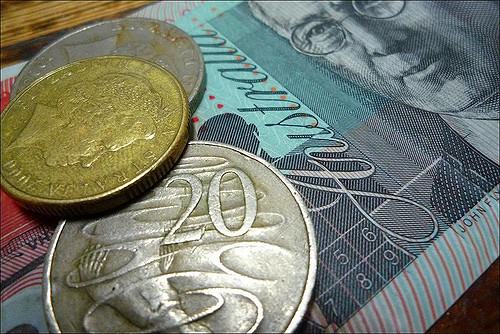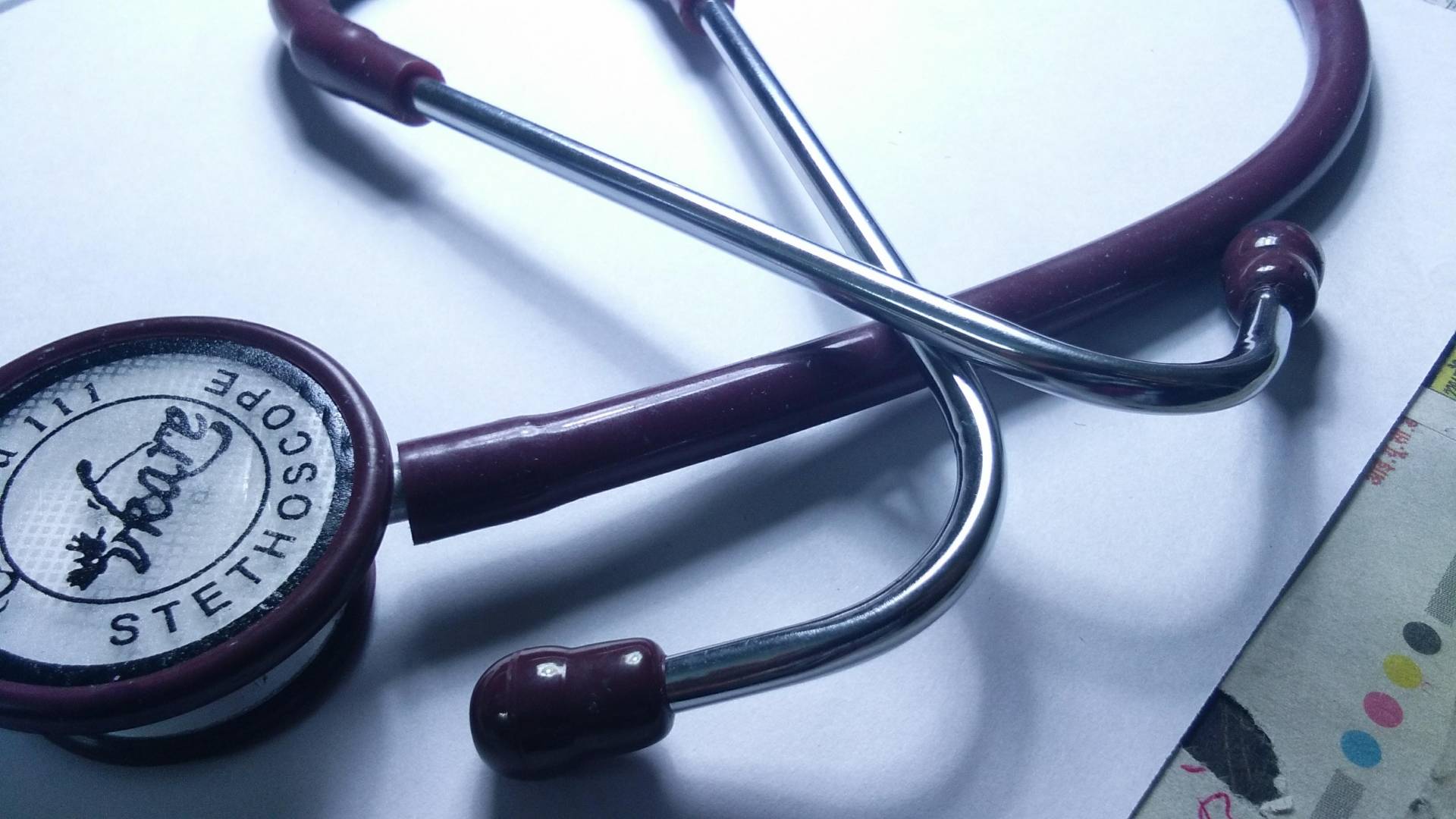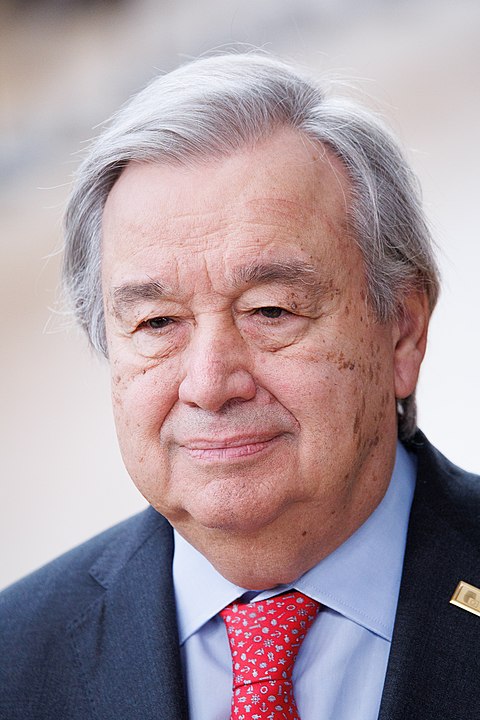Yesterday the Minns government released their first NSW state budget, and among pledges of establishing new homes, and cost of living support the budget is also addressing targets in closing the gap.
In partnership with the NSW Coalition of Aboriginal Peak Organisations, the budget includes an ongoing investment of $131.4 million into 28 co-developed initiatives.
The spending includes $24.1 million to address over representation of Indigenous young people in out-of-home care and justice systems, and $25 million to promote culturally appropriate mental health and cancer treatment services for Aboriginal and Torres Strait Islanders.
$1.5 billion will also be set aside to address existing targeted programs and services.
These include:
$375.5 million in communities and justice to fund early intervention programs,
Aboriginal-led commissioning and child and family support programs.
$366.5 million in planning and environment to fund housing solutions, restoring land
rights, and essential community infrastructure.
$321.1 million in services to be delivered by Aboriginal community controlled
organisations.
$270.7 million in transport for procurement with Aboriginal and Torres Strait Islander-owned businesses as part of the procurement policy, alongside driver licensing and road
education programs.
A state treaty is also on the agenda with the government setting aside funding for a 12 month consultation process.
The broader budget sees $12.8 dollars spent into New South Wales health facilities, $9.8 billion for schools and educational facilities, $72 billion injected into transport projects, 3.2 billion for disaster relief and recovery, and $2.2 billion for housing and infrastructure plans.
The monetary plan also sees families benefiting from a $250 increase to the family energy rebate from July next year, a $60 toll cap, a $50 dollar voucher handed twice a year to boost young people’s involvement in sports and creative programs, and free admission to the Australian Museum and Museum of history.
In order to save an estimated $6 billion the government will be freezing pay for MPs, reducing the amount of money they spend on consultants, reducing travel costs, cutting advertising, and slashing the number of senior executives in the public sector.
All the spending has created a $7.8 billion deficit forecasted for this financial year, but the government is hoping to gain a $800 million surplus next year followed by a $1.5 billion surplus by 2026-27.





